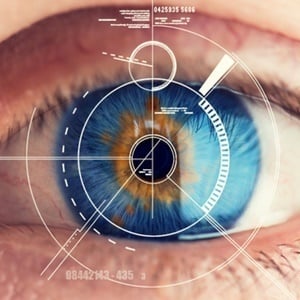
These days, medical advances seem to be happening in the blink of an eye. Now, British scientists report they have created human corneas using 3D-printing technology.
The researchers said they hope this breakthrough will one day ensure an unlimited supply of corneas. Human corneas are now in short supply.
Startling statistics
There are 10 million people around the world who need them to prevent blindness.
These millions need surgery to prevent corneal blindness caused by diseases such as trachoma, an infectious eye disorder.
Another five million people already suffer total blindness from corneal scarring caused by burns, lacerations, abrasion or disease, the researchers added.
The cornea, the outermost layer of the eye, plays a vital role in focusing, the study authors explained.
The report was published in the journal Experimental Eye Research.
Chasing the ideal bio-ink
The new process uses a simple, low-cost 3D bio-printer to form the shape of a human cornea. It takes less than 10 minutes to print. The researchers then showed that stem cells on the printed cornea grew, creating a human cornea.
"Many teams across the world have been chasing the ideal bio-ink to make this process feasible," said lead researcher Che Connon, a professor of tissue engineering at Newcastle University in England.
"Our unique gel – a combination of alginate and collagen – keeps the stem cells alive whilst producing a material which is stiff enough to hold its shape, but soft enough to be squeezed out the nozzle of a 3D printer," he explained in a university news release.
The researchers are now ready to use bio-ink containing stem cells, which will allow printing tissues without having to worry about growing the cells separately, Connon said.
Connon's team also showed it could create a cornea that matches a patient's unique specifications.
The dimensions of the printed cornea were taken from an actual cornea. Scanning a patient's eye, the researchers were able to use the data to print a cornea that matched it in size and shape.
"Our 3D-printed corneas will now have to undergo further testing, and it will be several years before we could be in the position where we are using them for transplants," Connon added.
Image credit: iStock




 Publications
Publications
 Partners
Partners











